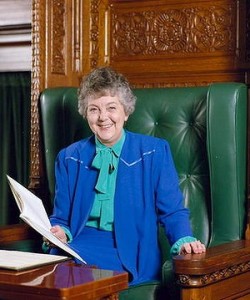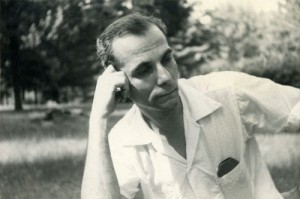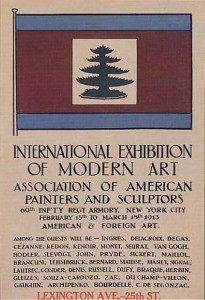An explanation of Bam’s aloof style and strategic cunning in terms of the idioms of traditional Javanese kingship, by Edward Fox in Aeon Magazine, here. Fox could also have mentioned the first-term Cabinet of Rivals as another example of this idiom, absorbing one’s enemies.
An excerpt:
The Javanese have a word for this kind of bearing. They call it halus. The nearest literal equivalent in English might be ‘chivalrous’, which means not just finely mannered, but implies a complete code of noble behaviour and conduct. The American anthropologist Clifford Geertz, who wrote some of the most important studies of Javanese culture in English, defined halus in The Religion of Java (1976) as:
“Formality of bearing, restraint of expression, and bodily self-discipline … spontaneity or naturalness of gesture or speech is fitting only for those ‘not yet Javanese’ — ie, the mad, the simple-minded, and children.”
Even now, four decades after leaving Java, Obama exemplifies halus behaviour par excellence.
Halus is also the key characteristic of Javanese kingship, a tradition still followed by rulers of the modern state of Indonesia. During my period of study in Indonesia, I discovered that halus is the fundamental outward sign or proof of a ruler’s legitimacy. The tradition is described in ancient Javanese literature and in studies by modern anthropologists. The spirit of the halus ruler must burn with a constant flame, that is without (any outward) turbulence. In his classic essay, ‘The Idea of Power in Javanese Culture’ (1990), the Indonesian scholar Benedict Anderson describes the ruler’s halus as:
“The quality of not being disturbed, spotted, uneven, or discoloured. Smoothness of spirit means self-control, smoothness of appearance means beauty and elegance, smoothness of behaviour means politeness and sensitivity. Conversely, the antithetical quality of being kasar means lack of control, irregularity, imbalance, disharmony, ugliness, coarseness, and impurity.”
One can see the clear distinction between Obama’s ostensibly aloof style of political negotiation in contrast to the aggressive, backslapping, physically overbearing political style of a president such as Lyndon Johnson.
Traditionally, the Javanese ruler triumphs over his adversary without even appearing to exert himself. His adversary must have been defeated already, as a consequence of the ruler’s total command over natural and human forces. This is a common theme in traditional Javanese drama, where the halus hero effortlessly triumphs over his kasar (literally, unrefined or uncivilised) enemy. ‘In the traditional battle scenes,’ Anderson notes:
“The contrast between the two becomes strikingly apparent in the slow, smooth, impassive and elegant movements of the satria [hero], who scarcely stirs from his place, and the acrobatic leaps, somersaults, shrieks, taunts, lunges, and rapid sallies of his demonic opponent. The clash is especially well-symbolised at the moment when the satria [hero] stands perfectly still, eyes downcast, apparently defenceless, while his demonic adversary repeatedly strikes at him with dagger, club, or sword — but to no avail. The concentrated power of the satria [hero] makes him invulnerable.”
Even to seem to exert himself is vulgar, yet he wins. This style of confrontation echoes that first famous live TV debate in the election of 2012 between Obama and Romney, in which Obama seemed passive, with eyes downcast, apparently defenceless (some alleged ‘broken’) in the face of his enemy, only to triumph in later debates and in the election itself.
Like a Javanese king, Obama has never taken on a political fight that he has not, arguably, already won
But such a disposition is not just external posturing. Halus in a Javanese ruler is the outward sign of a visible inner harmony which gathers and concentrates power in him personally. In the West, we might call this charisma. Crucially, in the Javanese idea of kingship, the ruler does not conquer opposing political forces, but absorbs them all under himself. In the words of Anderson again, the Javanese ruler has ‘the ability to contain opposites and to absorb his adversaries’. The goal is a unity of power that spreads throughout the kingdom. To allow a multiplicity of contending forces in the kingdom is a sign of weakness. Power is achieved through spiritual discipline — yoga-like and ascetic practices. The ruler seeks nothing for himself; if he acquires wealth, it is a by-product of power. To actively seek wealth is a spiritual weakness, as is selfishness or any other personal motive other than the good of the kingdom.”



